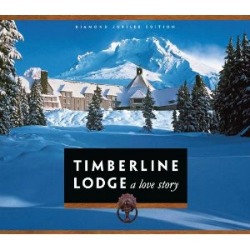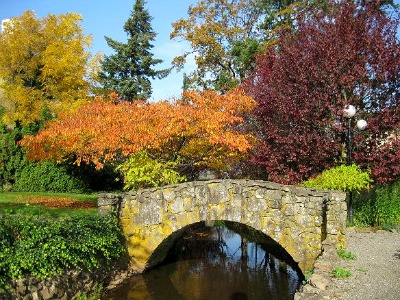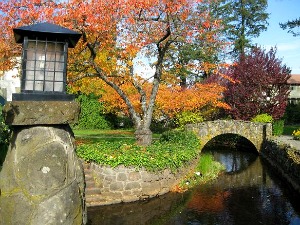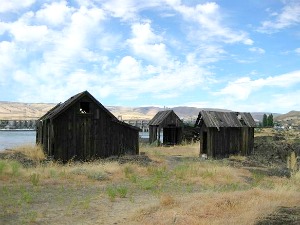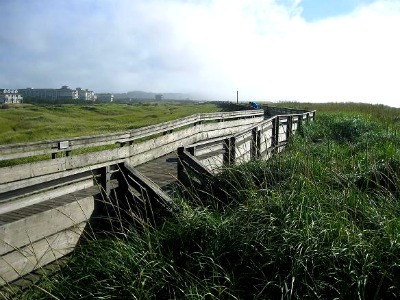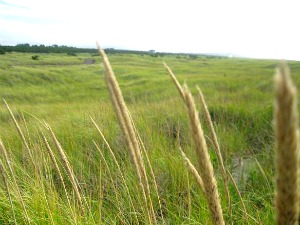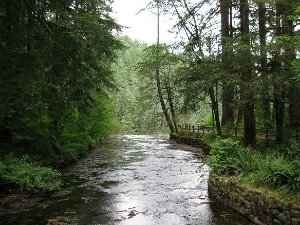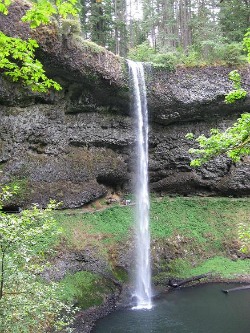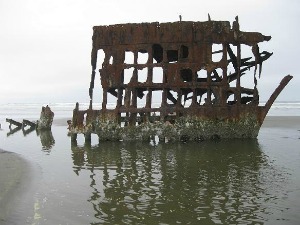The valleys are ablaze with autumn color, but up on Mount Hood, the first snowflakes are already starting to fly. Soon the skiff of snow that fell just a few days ago will deepen into drifts. The chair lifts will hum to life. And an endless stream of vehicles packed with skis, poles, and snowboards will head toward Timberline Lodge.
Open year-round, the bustling ski lodge attracts more than two million visitors annually. Most come to enjoy the rugged natural beauty of Mount Hood and the surrounding forest. Others—hikers, bikers, climbers, skiers–come to challenge the mountain itself. For whatever reason, nearly all of them end up at the Lodge.
Timberline Lodge is a cherished icon of the Pacific NW. Constructed during the economic turmoil of the Great Depression, this ambitious WPA project employed 400 local artisans and craftsmen from 1936 to 1938. The result? Not only did they build and furnish this unique alpine lodge in record time, entirely by hand, they also created a lasting work of art.
Inside, visitors will still find the classic high ceilings, exposed wooden beams and posts, distinctive wrought iron accents (door handles, latches, and hinges), and rough-cut stone from the 1930’s. Much of the hand-crafted furniture is also original to the lodge, as are some of the drapes, hand-hooked rugs, and accessories such as the cast iron floor lamps with parchment shades. At the center of the head house stands a massive six-sided chimney, home to three separate fireplaces.
A wide variety of artwork also decorates the interior: wood carvings, marquetry, stained glass, oil paintings, and mosaic tile murals. In addition to the original pieces, many additional works of art have been added to the Timberline collection over the years.
To celebrate the upcoming 75th anniversary of the opening of Timberline Lodge, R.L.K. and Company has released the Diamond Jubilee Edition of Timberline Lodge: A Love Story. Richly illustrated with historical photos and stunning new color photography, it’s a behind-the-scenes look at the incredible story of this beloved Northwest icon. The perfect volume to plan your first visit.
Timberline Lodge is located about 60 miles ESE of Portland, OR, on the southern slope of Mount Hood. For detailed directions, please check the Timberline Lodge website. Current weather conditions? Check out their web cams. Not a skier? Don’t fret! Spring is just around the corner.

